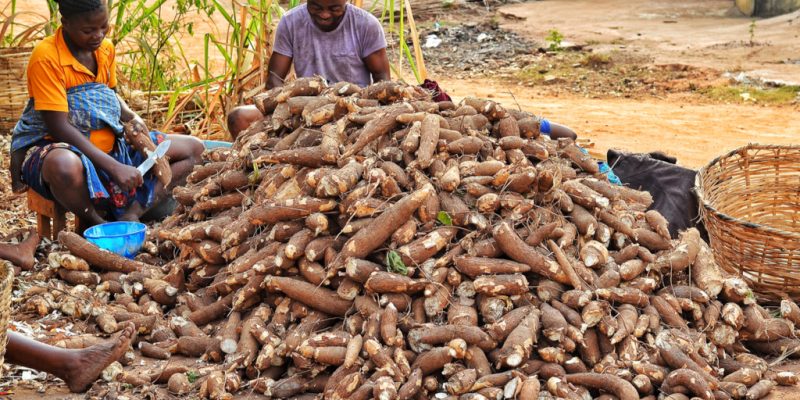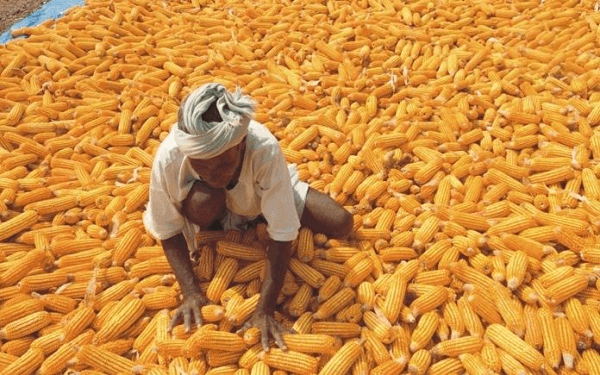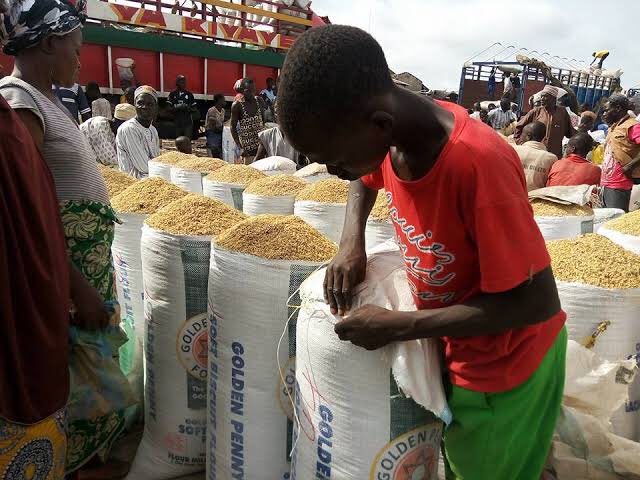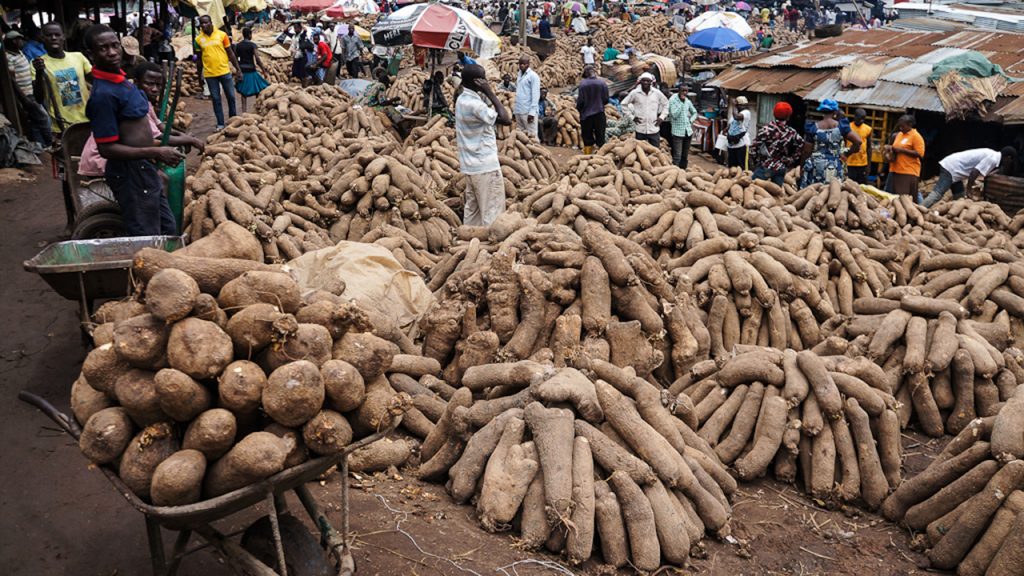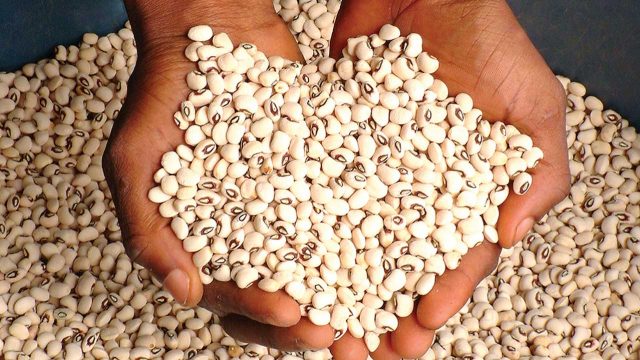Rice (Oryza sativa) is a cereal grain and a staple food loved by billions of people across the globe. It is a member of the grass family and is typically grown in warm, moist climates such as found in Africa, Asia and the Americas. The rice grain itself is small, oval-shaped, and white or brown in colour depending on the variety and is a rich source of carbohydrates.
Understanding the essentials of successfully growing rice is crucial to achieving a bountiful harvest; from planting seasons to pest and weed management, come along as we share six tips to help you grow rice more profitably, and sustainably.
- Perfect planting season for rice
Rice crops generally require a lot of water and humidity hence it is in the best interest of farmers to seed their rice crops at the onset of rainy or wet seasons. In Nigeria, this is usually between late March/early April to late May/early June – depending on location and climate conditions while harvest season is typically between October/November, although variations may occur.
- Variety matters
Choosing the appropriate rice variety for your region is the second step for a bountiful harvest. Consult local agricultural experts or seed suppliers to identify suitable varieties that will thrive in your specific growing conditions and check to ensure they are disease free and non-contaminated.
Our advice?
Endeavour to select varieties that are well-suited to your specific region and have desirable traits like high yield potential and resistance to diseases.
- Pay attention to the land wherein planting will be done
While it is true that rice can grow in just about any type of soil, they are usually more successful when planted in rich, well-drained soils that can hold onto moisture. All soil types, from sand to clay are ideal for growing rice plants because of how effectively they can hold water.
As the crop will need a great deal of water, it is best to plant it in soils that are easy to flood therefore, ensure to prepare your land appropriately. Clear the field of weeds, debris, and old crop residues and consider building barriers to hold water during cultivation, this helps create the ideal flooded or waterlogged conditions that rice loves.
- Treating seeds increases their chances of success
To protect your rice seeds from diseases and pests, consider treating them before planting. Soak the seeds in a fungicide solution to prevent fungal infections, or apply insecticides to deter pests. These treatments help give your seeds a healthy head start. Despite these suggestions, note that it is important to follow seed treatment recommendations specific to your location and selected varieties to ensure full protection against pests and diseases.
- Rice requires lots of water… and nutrients
Water management is key in rice cultivation. Rice thrives in flooded or semi-flooded conditions, but it is important to maintain the right water levels. Monitor water closely, ensuring proper depth at different growth stages. This helps control weeds, aids nutrient availability, and reduces disease risks. Find the right balance to keep your rice happy and healthy.
In the same vein, rice is also a very nutrient-hungry crop so ensure to provide proper nutrition to your rice plants by applying fertilizers at the recommended rates and timing.
- Keep weeds, grasses, sedges, insects and fungi diseases at bay with Saro herbicides
Weed and pest control are important to ensure your rice plants have room to grow and thrive. Keep weeds off your rice farm with pre-emergence herbicides such as Buster, Pendigold or Hedge and post-emergent herbicides such as Actrox, Select, Nominee gold or Seletgold ensure to carefully follow recommended doses during application. Similarly, employ insecticides such as Hallakat or Kare to kill off insect pests living off your rice crops.
Finally
Growing rice successfully requires careful attention to these key factors as listed above. By following them you will be on your way to achieving bountiful rice harvests. For further inquiries on how to control weeds, grasses and sedges in rice or how to control insects, please call 08077494225 or email saroagrosciences@saroafrica.com. We would love to hear from you, share your thoughts and opinions with us in the comment section.
Do not forget to share this with your friends and family, see you next week!
